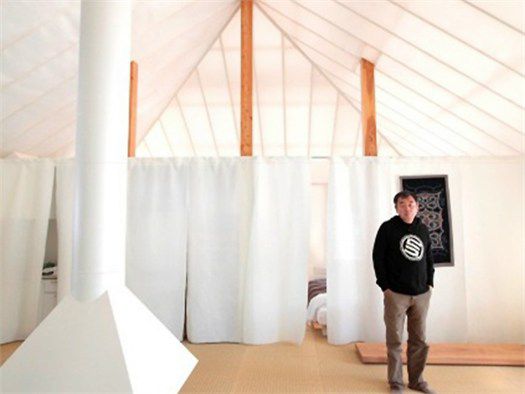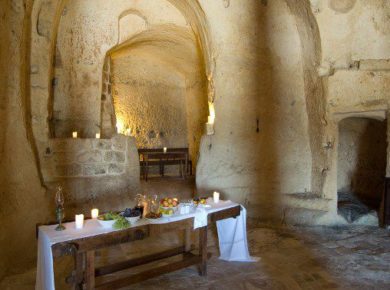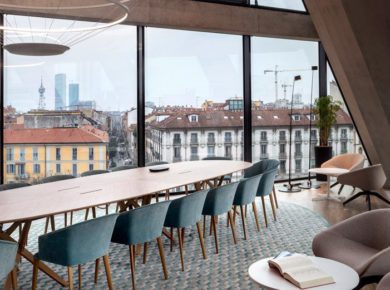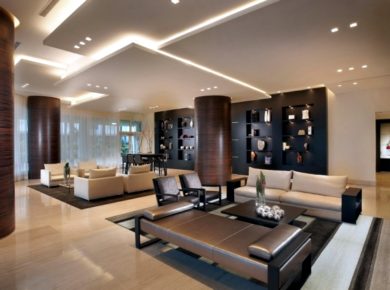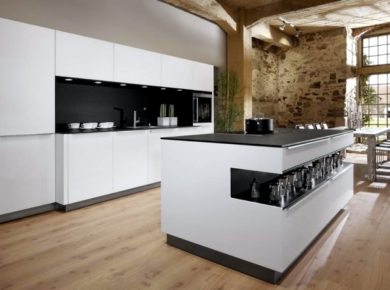20/12/2012 – Kengo Kuma presented the “house of the future”, a house of experience as ” the Self , a goal of the prototype and forerunner of a revolution of the mentalities that already exist.
Japan was deeply hurt by the tragedies of the past, but also successfully, it turns into a laboratory in which the question of the possibility, also in the architecture of today. This is also the theme of the pavilion Japanese – house for all, awarded a distinction at the Biennale, which just completed.
In this context, the Japanese architect Kengo has created Kuma, a “house of the future”, in the province of the island of Hokkaido. If it is correct, the interpretation of the name seems “even” the Japanese master to tell us that the house of the future will be in the background. It will always be the “same” only revolutionized completely the technology and the concept of philosophy (and use).
In the project “self” in a country house, it is typical for this region being made in Japan, with innovative materials:
A frame made of wood of the Japanese larch completely covered by membranes, the exterior polyester, fluorocarbon, and within the glass fiber. Between the two membranes, an insulator is obtained by recycling of PET bottles let in light.
This composition is based on the concept that the movement of convection of the air on the inside can be held within the wall, creating a comfortable environment and acting as an energy saver (also very effective) coupled to a geothermal system.
The other aspect of this relating to the philosopcal design of this dazzling exterior, is the desire for a life full of natural light, “as if you were lying on a lawn in the middle of the day”. “The best green energy is the energy that is not consumed”. According to this philosophy, the house is devoid of any lighting. The approach is provocative, and deserves more than a few objections, and calls on us to rethink and live with the synchronized rhythm of nature.
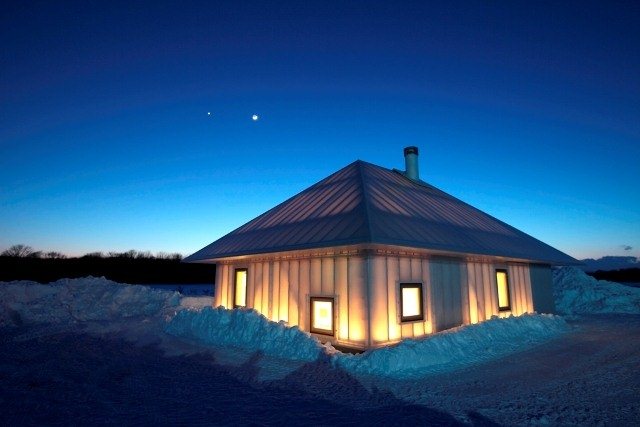
See The Tab “Project”
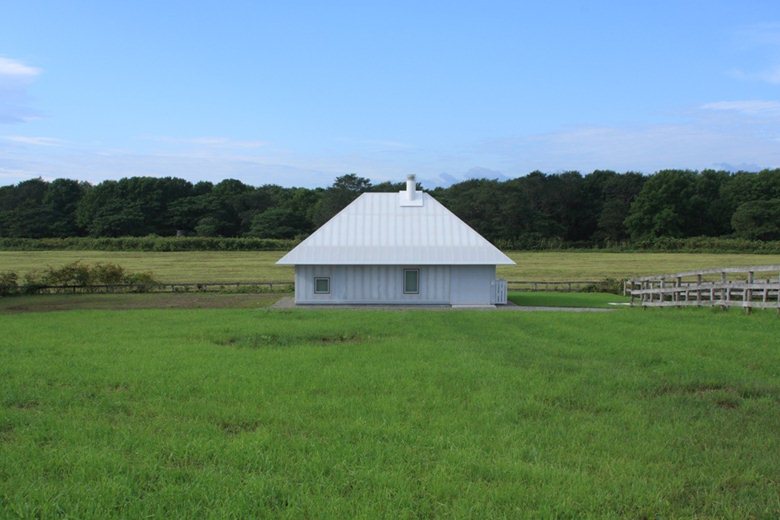
See The Tab “Project”

See The Tab “Project”
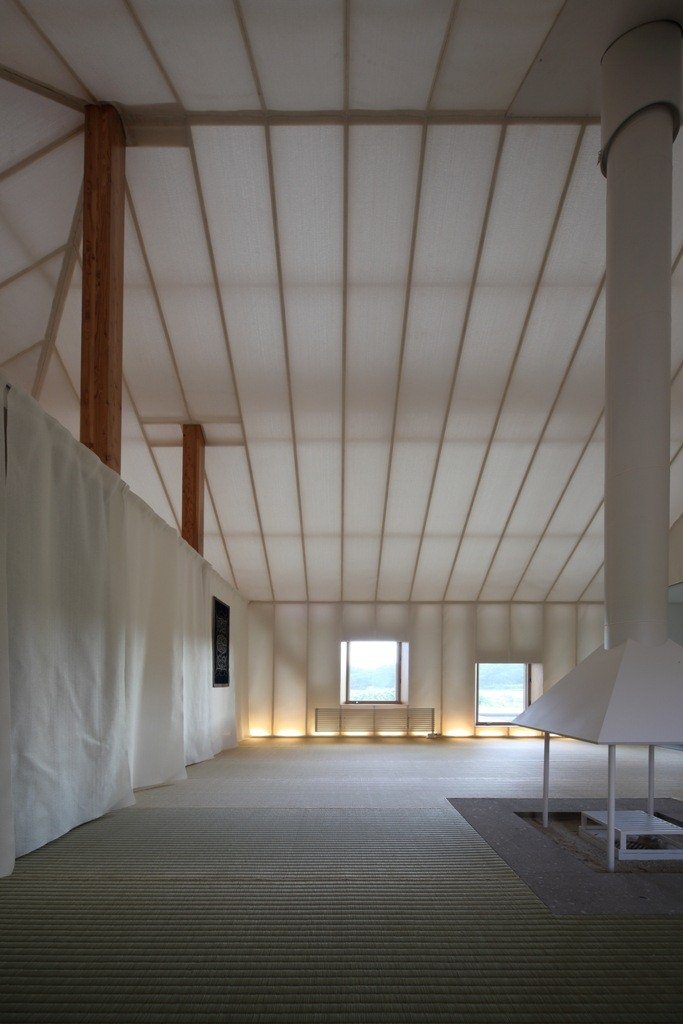
See The Tab “Project”

See The Tab “Project”
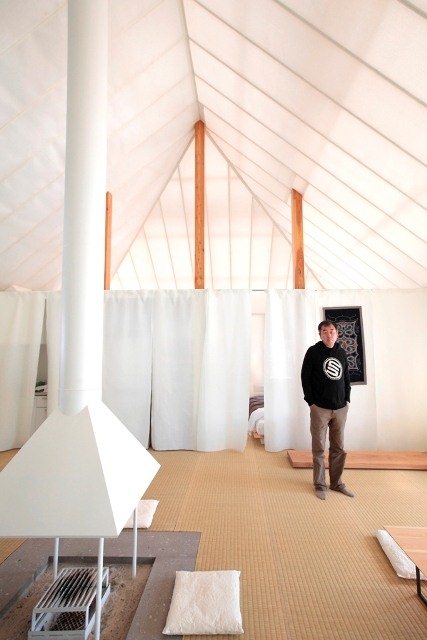
See The Tab “Project”

See The Tab “Project”
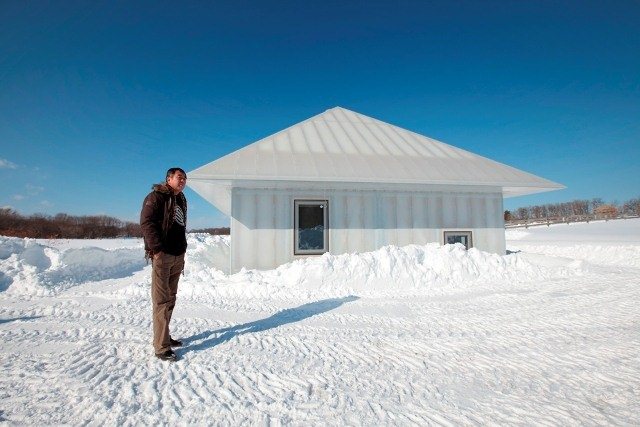
See The Tab “Project”
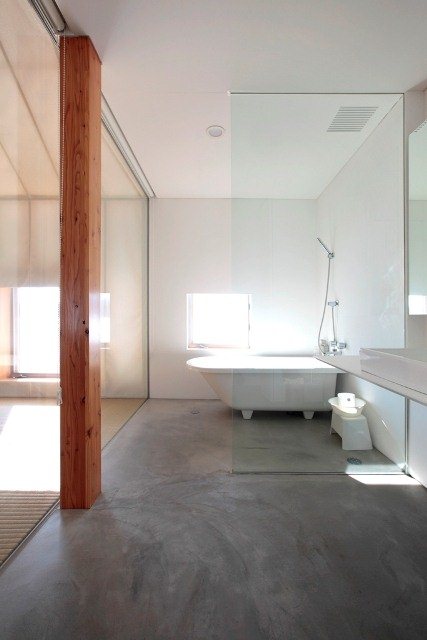
See The Tab “Project”

See The Tab “Project”
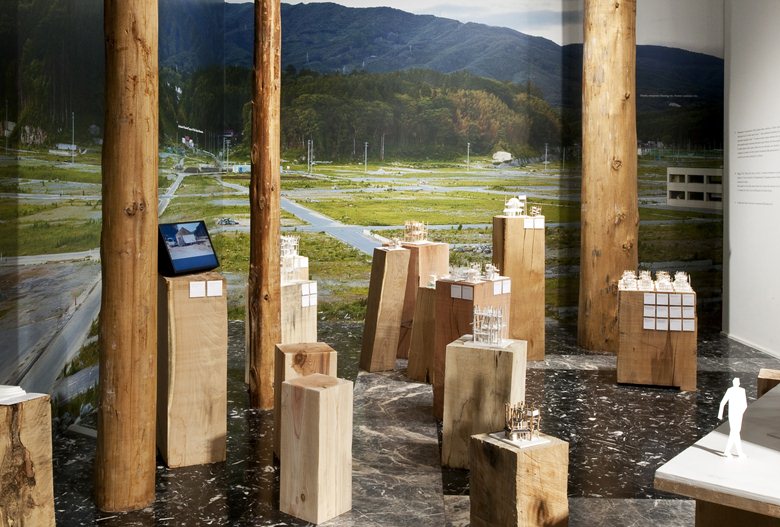
See The Tab “Project”
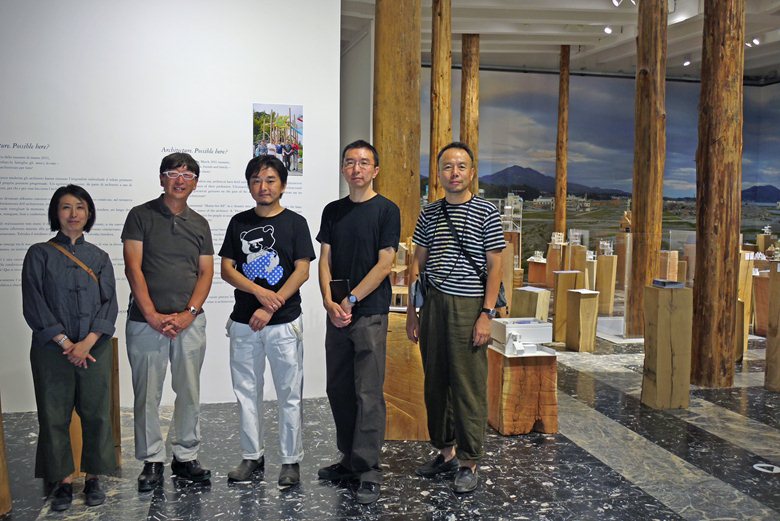
See The Tab “Project”

See The Tab “Project”
See The Tab “Project”
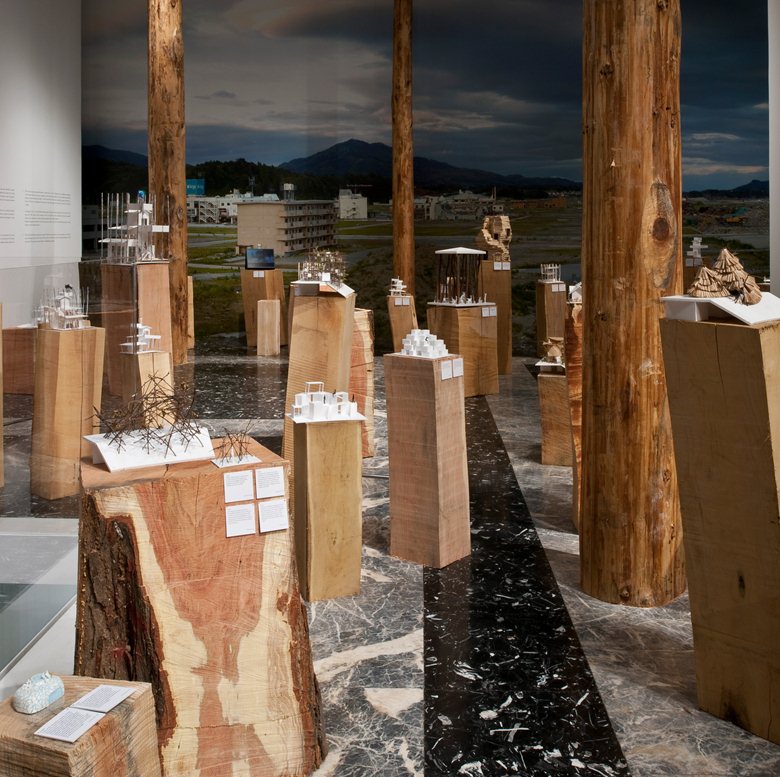
See The Tab “Project”
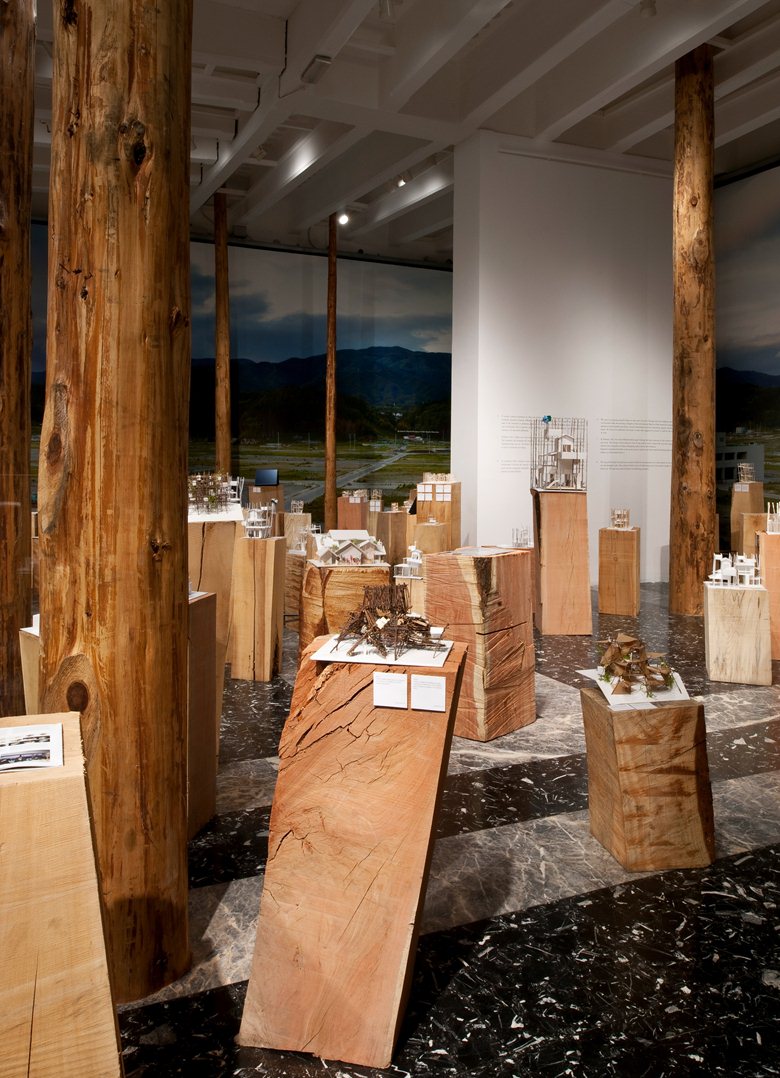
See The Tab “Project”
See The Tab “Project”
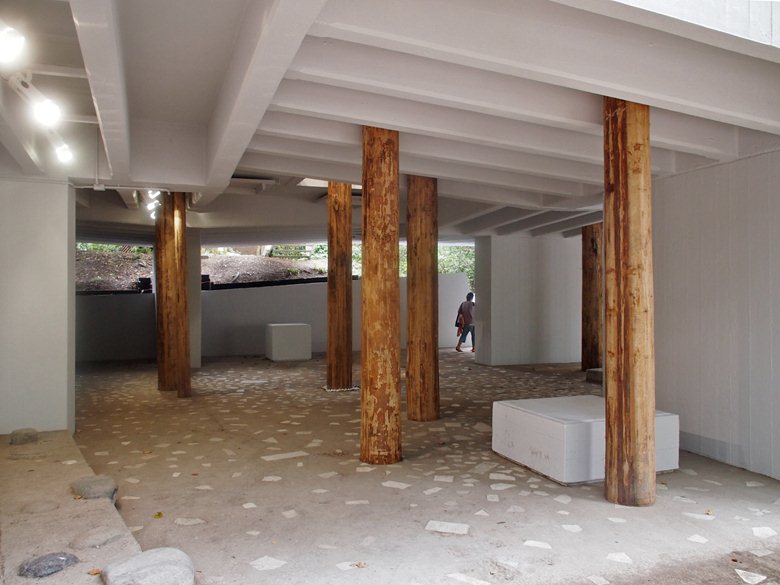
See The Tab “Project”

See The Tab “Project”
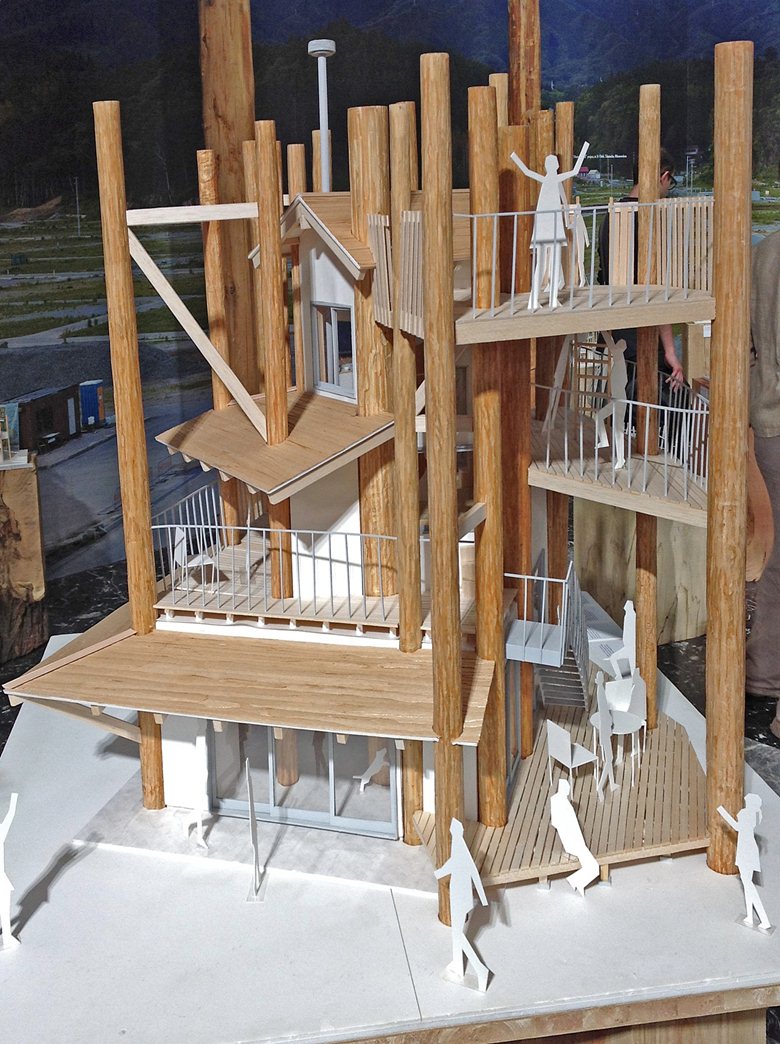
See The Tab “Project”
